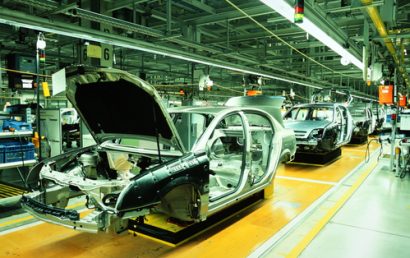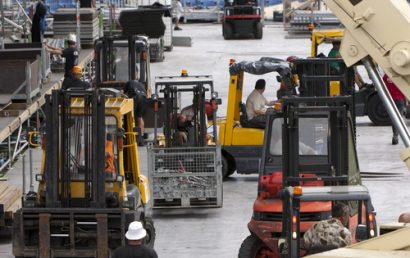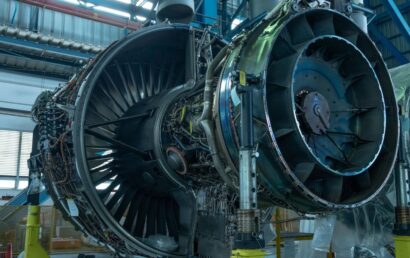Improving Gas Turbine Engine Efficiency With Abradable For Most Spray Coatings
During gas turbine engine operation, blades of the jet engine rub against abradable shroud linings. It’s all part of the operation. Unfortunately, this causes heat, and heat (among other things) breaks down parts. There once was a time when the operating temperature during this process had a high safety limit of 350°C. Now, however, thanks to careful collaboration with major manufacturers of jet engines, and to today’s abradable thermal spray coatings, the high operating temperature has been raised to 1200°C. Engines can get a lot hotter without as much wear, tear, and danger as before.
Efficiency Increases For Gas Turbine Engines
Though the total quantity of consumed fuel has remained relatively unchanged in the last couple of decades, a considerable increase has occurred in air traffic volume. This is, in part, due to increasing power generation and engine efficiency by jet engine manufacturers. How were they able to do that?
Through the use of lightweight materials, efficient aerial dynamic design, and by raising the operating temperatures, these improvements were achieved. But more still needed to be done and because the just-mentioned improvements took place recently, it seemed there was only one direction left in which to turn – reduce the distance of clearance between the casing and the blade tip. Significant operating costs can be saved by airlines with this increase in efficiency. The active safety and stability of engine flow conditions were also raised by an increase in the surge margin, which was due to the implementation of abradable coatings.
Abradable Coatings Used in More Than Just a Gas Turbine Engines
Aeroengines are not the only piece of equipment where abradables are used. Many pieces of rotating machinery can make good use of abradable coatings such as the following:
- Pumps
- Turbochargers
- Radial compressors
- Turbo compressors
- Stationary gas turbines
Ceramic-Based Abradables
Only abradables which are ceramic based are suitable for 900°C and above operating temperatures. The use of a well adhered abrasive grit must be used to reinforce blade tips for cutting ceramic-based abradables. Simultaneous injection of hard particles used for the laser re-melting of blade tips has offered extremely desirable results. Because ceramics wear in a brutal manner, it is not necessary to use a releasing agent in ceramic matrix abradables.
Techniques for Application
Flame is used to apply abradables. Additionally, APS (atmospheric plasma spraying) and HVOF (high velocity oxy fuel) are used as well. Very porous coatings can be produced through flame spraying, but the process parameters help determine the reproducibility of this porosity. Compaction during cutting can mean porosity that is too high. To generate porosity, a sacrificial phase is required due to the relatively dense spraying needs of APS and HVOF coatings. Moreover, reproducible quality is better assured with the controllable spraying parameters of the preferred methods of HVOF and APS.
Who Can You Turn to for Abradable Coatings?
With hundreds of blends and three patented coatings, our team at A&A Coatings can create the perfect custom solution for you, your business, parts, and your machinery. We serve numerous industries throughout the nation, extending equipment life and saving companies thousands of dollars. Use our coatings to repair, restore, and protect both your parts/machinery and your bottom line. Contact one of our knowledge representatives today to find out more.



